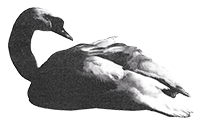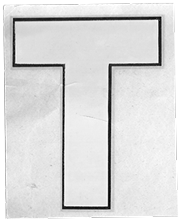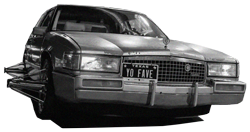The origin of this brainstorm was a conversation between IDEO and PsiQuantum about the implications and existence of quantum computing. Rather than diving deep into an overly technical explanation of the mechanics that undergird quantum computers, we framed our brainstorm around the idea that this is a technology that already exists, and therefore requires an understanding of the possibilities (good and bad) of this new way of computing and the materials that make it possible. Inspired by examples of interactive installations that repurpose e-waste into new forms to tell a story -- like a model of a city made out of computer parts, bridging the micro and macro elements of technology -- we took some of the pieces of quantum e-waste and thought about ways we might use those pieces to construct a narrative about quantum computing that could be easily understood by a broader audience. We drew out 6 themes specific to quantum computing to act as guardrails and inspiration: connectivity (how the chips are connected), cooling power (must be at a super low temperature), manufacturability (requires special materials), light refraction (use of photons instead of electricity), curves vs. hard turns (light travels better), and first principles (gets exact measurements from first principles rather than aggregated data). The questions we then asked were tailored to how to draw analogies between these themes and something an audience can engage with. So: if quantum computers were alive, what kind of life form would they be? If quantum connectivity worked like a biological system or ecosytstem, what would it resemble? If quantum computers can simulate molecules at the atomic level, what materials might we create?We ended the brainstorm by thinking a lot about light and how to use the wafers to make something that could explore the specific properties of how quantum computers engage with light as both an aesthetic and philosophical question. If the best description of reality we have is quantum, then how do we engage with the aspects of quantum mechanics at a scale that's relevant to our daily lives? It's a question we are still exploring!



















